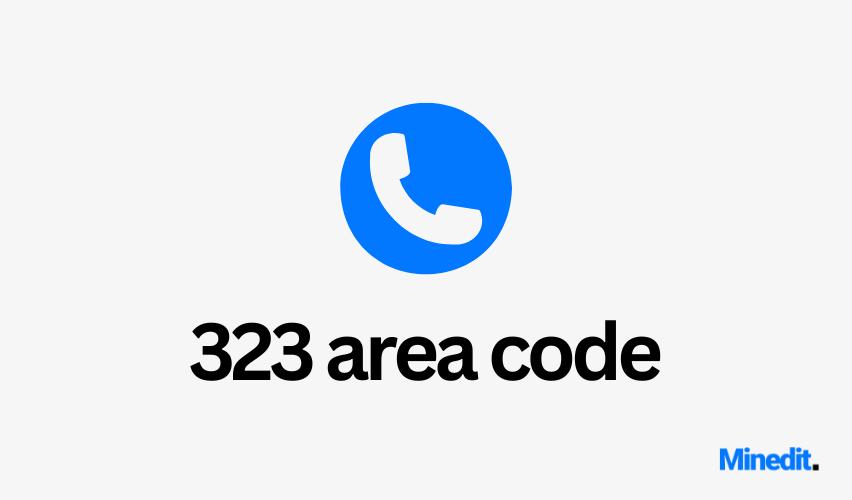323 Area Code: Los Angeles (Central and East)
The 323 area code is one of the area codes serving the greater Los Angeles area, primarily covering central and eastern parts of the city. It was introduced in 1998 as an overlay to meet the growing demand for phone numbers in this densely populated region. The 323 area code is part of the North American Numbering Plan (NANP), and it overlaps with the 213 area code in certain parts of Los Angeles.
Critical Information on 323 Area Code:
- Introduction Year: 1998
- Geographic Area: Central and Eastern Los Angeles, California
- Overlay: 213
- Time Zone: Pacific Time (PT)
- Coverage: The 323 area code serves a large portion of central and eastern Los Angeles, including neighborhoods outside the downtown core. It stretches across various culturally rich and diverse communities, which are vital to the city’s overall identity.
Major Cities and Neighborhoods in 323:
- Hollywood: Known for its entertainment industry landmarks, the 323 area code is prominent in this iconic neighborhood.
- Echo Park: A vibrant neighborhood known for its historic homes and parks.
- Silver Lake: A trendy area with a mix of residential and commercial spaces.
- Los Feliz: A hip residential area bordering Griffith Park, known for its art scene and dining spots.
- Boyle Heights: One of Los Angeles’ most historic neighborhoods, known for its deep cultural roots in the city’s Mexican-American community.
Overlay with 213:
The 323 area code was introduced to supplement the original 213 area code, which had become heavily used due to the explosive growth of Los Angeles. While 213 primarily covers downtown Los Angeles, 323 was assigned to surrounding neighborhoods and suburbs. Both area codes are now overlays, meaning that they share the same geographic region. Residents and businesses in these areas must dial 10 digits, even for local calls.
This code has since become a key part of Los Angeles’ telecommunications system, particularly in neighborhoods that are culturally big, such as Hollywood and Silver Lake. It is known for covering residential areas that are intertwined with the entertainment industry and urban developments. As Los Angeles continues to grow in population and influence, this code plays an important role in connecting communities both locally and globally. It has also become a marker of identity for many Angelenos living in the central and eastern parts of the city, showcasing the vibrant mix of history and modern life in the region.
